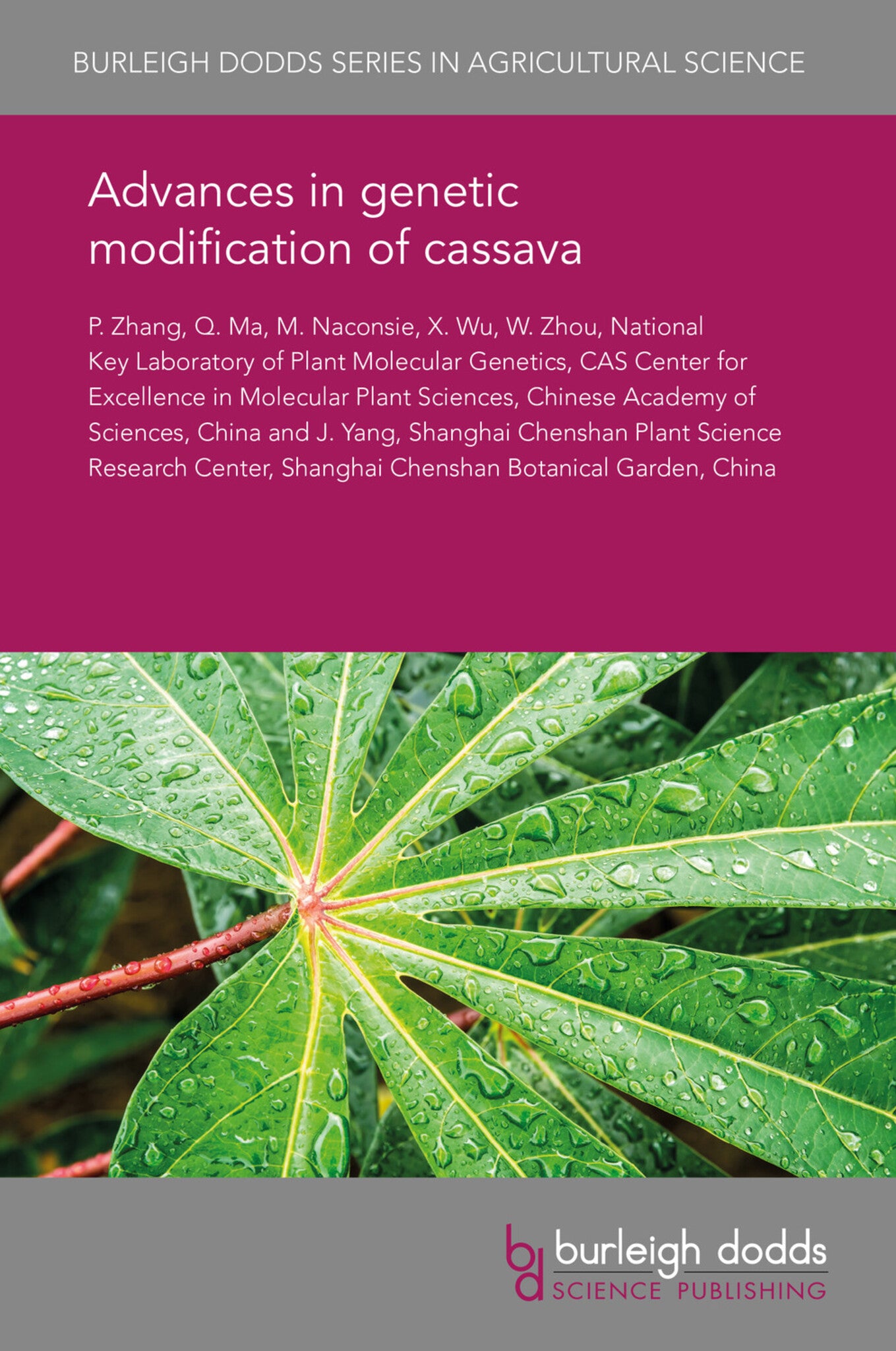We're sorry. An error has occurred
Please cancel or retry.
Advances in genetic modification of cassava

Some error occured while loading the Quick View. Please close the Quick View and try reloading the page.
Couldn't load pickup availability
- Format:
-
31 March 2017


TECHNOLOGY & ENGINEERING / Agriculture / Sustainable Agriculture, Agronomy and crop production, TECHNOLOGY & ENGINEERING / Agriculture / Tropical Agriculture, TECHNOLOGY & ENGINEERING / Agriculture / Agronomy / Crop Science, Botany and plant sciences, Sustainable agriculture, Tropical agriculture

1 Introduction 2 Transition from model cultivars to farmer-preferred cultivars 3 Tools of gene expression regulation 4 Production of virus-resistant cassava 5 Cassava biofortifi cation for better nutrition 6 Starch modifi cation of cassava for industrial applications 7 Improving storage, root production and post-harvest storage 8 Future trends and conclusion 9 Where to look for further information 10 Acknowledgements 11 References



